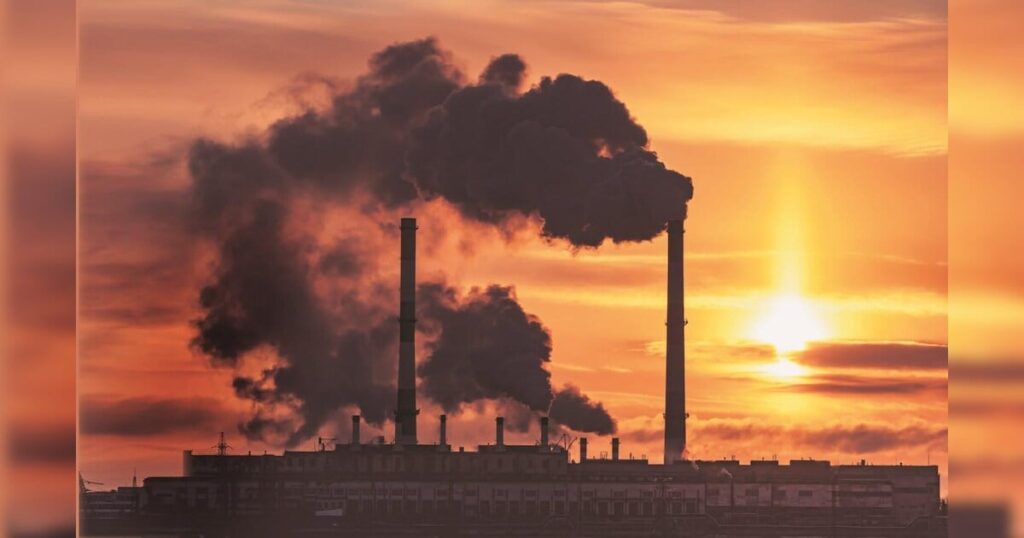NEW DELHI: A new United Nations report warns that climate shocks could lead to annual economic losses (AAL) of at least 6 per cent in one-third of countries in the Asia-Pacific region, underscoring the region’s significant vulnerability to climate change.
The report, titled Economic and Social Survey of Asia and the Pacific 2025: Understanding the Macroeconomic Implications of Climate Change, published by the UN Economic and Social Commission for Asia and the Pacific (ESCAP) on Tuesday, highlights how many developing economies in the region are struggling to manage the macroeconomic repercussions of climate change and the transition to a green economy.
While the Asia-Pacific region contributed 60 per cent of global economic growth in 2024, many of its countries are poorly prepared for climate shocks, according to the report.
Among the 30 countries analysed in the survey, 11—including Afghanistan, Cambodia, Myanmar, and Nepal—were identified as particularly exposed to climate risks from a macroeconomic perspective.
Countries across the region regularly face the devastating impacts of a warming planet, including climate shocks, floods, droughts, rising sea levels, melting glaciers, and warmer ocean temperatures, all of which adversely affect their gross domestic product (GDP).
The report specifically examines the estimated AAL due to climate-related factors as a percentage of GDP. These losses primarily stem from a combination of intensifying climate hazards, vulnerable infrastructure, economic and sectoral exposure—particularly in agriculture, energy, and manufacturing—along with rapid urbanisation and changes in land use. The AAL represents the estimated annual economic loss from disasters, based on probabilistic risk assessments that consider hazard frequency, intensity, exposure, and vulnerability.
Climate change is projected to raise inflation by over 2 percentage points on average by the mid-twenty-first century in some Asia-Pacific economies. Notably, India is not included in this list.
The report classifies India, along with China, Georgia, Indonesia, Korea, and the Philippines, as having low exposure and high coping capacity. These countries benefit from stronger governance, more robust infrastructure, and better financial resilience, enhancing their ability to respond to climate challenges.
Although these countries are relatively well prepared to manage the macroeconomic implications of climate change, ESCAP warns they must remain vigilant to emerging risks.
The UN body forecasts a slight increase in India’s real GDP growth to 6.5 per cent and a decrease in inflation to 4.3 per cent this year. By 2026, these figures are expected to rise further, with GDP growth reaching 6.6 per cent and inflation dropping to 4 per cent, supported by sound macroeconomic fundamentals.
In contrast, average economic growth in developing countries across Asia and the Pacific is projected to remain steady at 4.5 per cent in 2025 and 4.4 per cent in 2026, although this varies across different subregions.
The report suggests various coping strategies to address macroeconomic exposure to climate change, including the availability of fiscal resources, the financial sector’s ability to withstand physical and transition risks, and the institutional quality of fiscal authorities.
Source: Business Standard

 India-EU FTA Soon With Tariff Cuts On Merchandise
India-EU FTA Soon With Tariff Cuts On Merchandise 